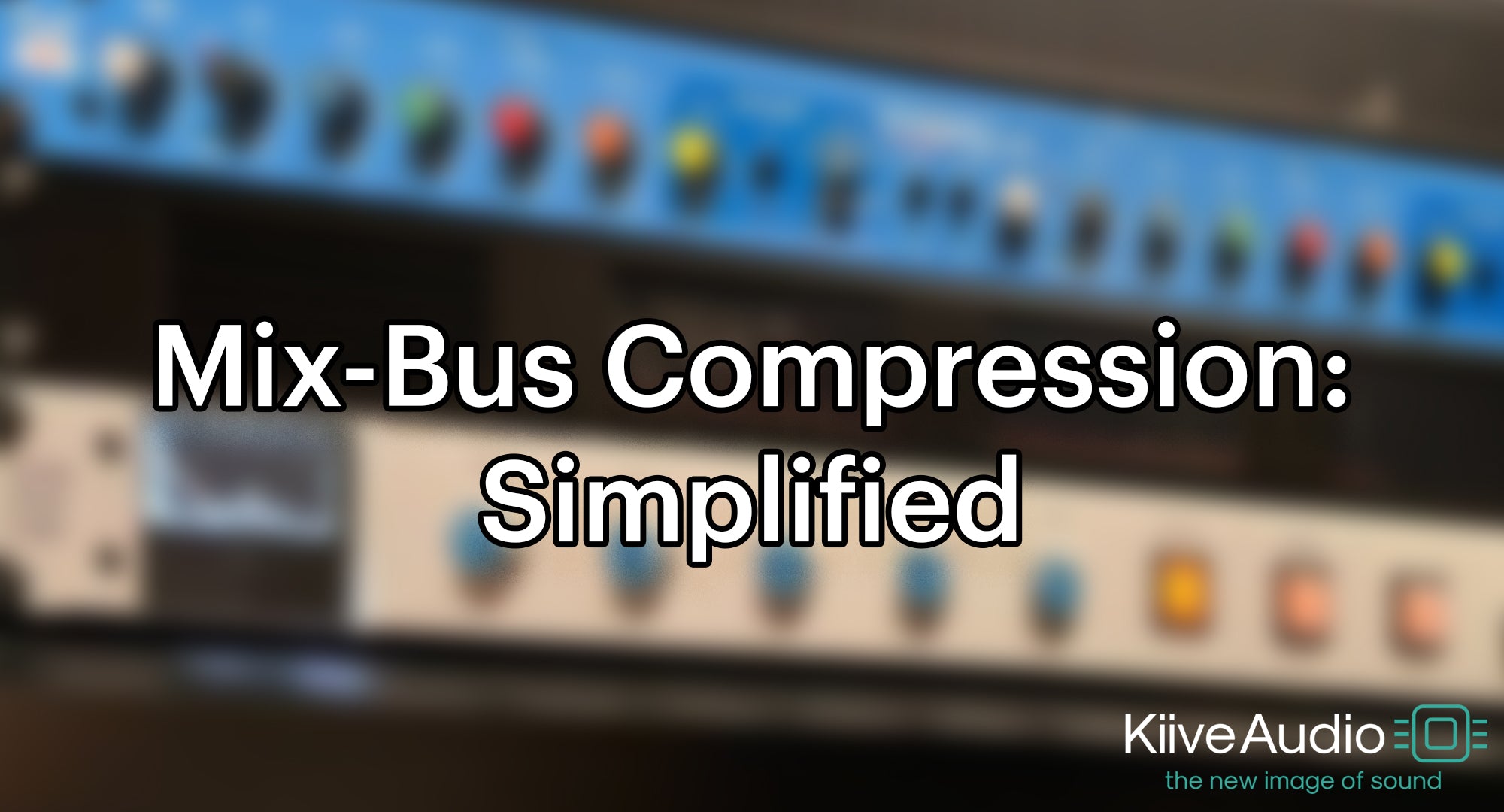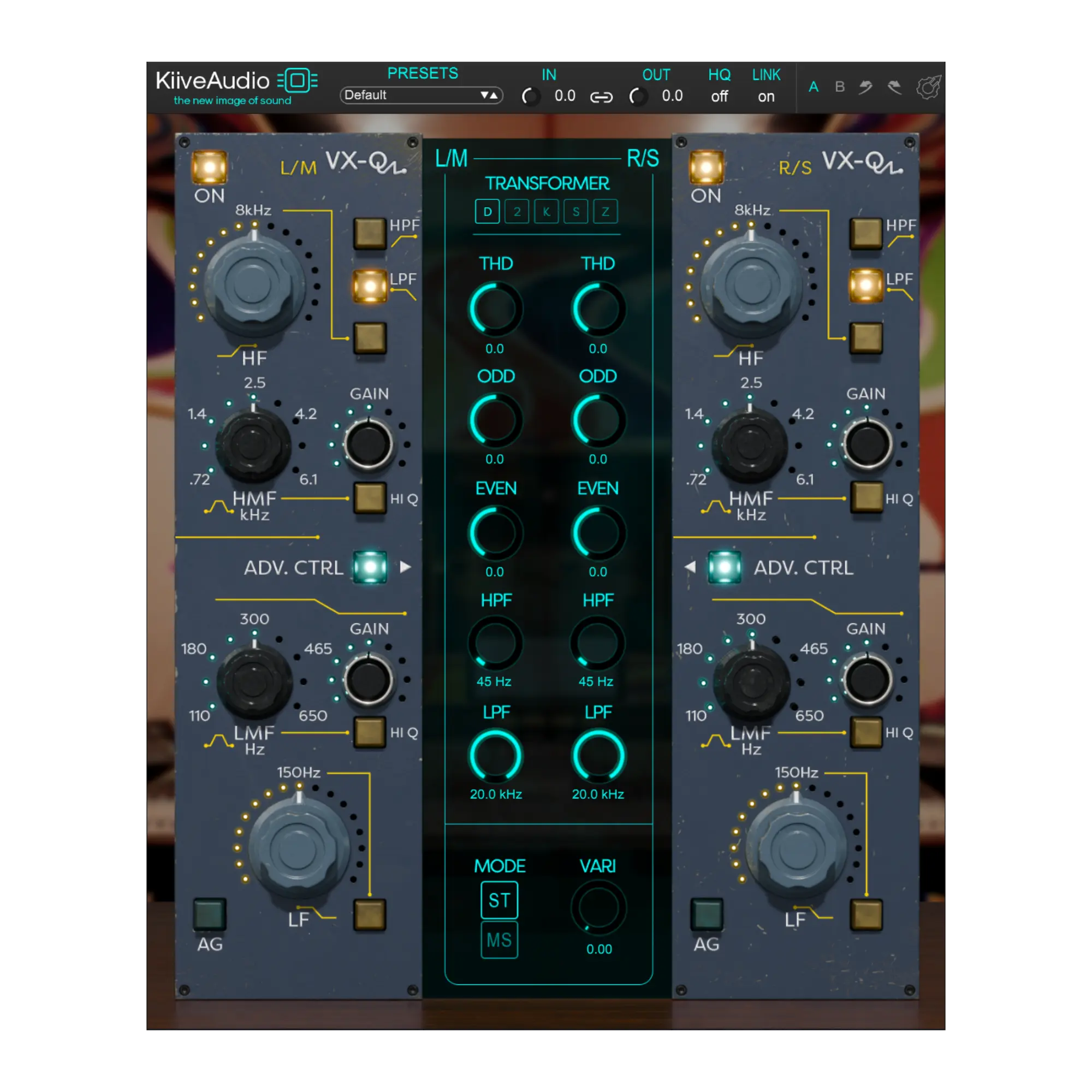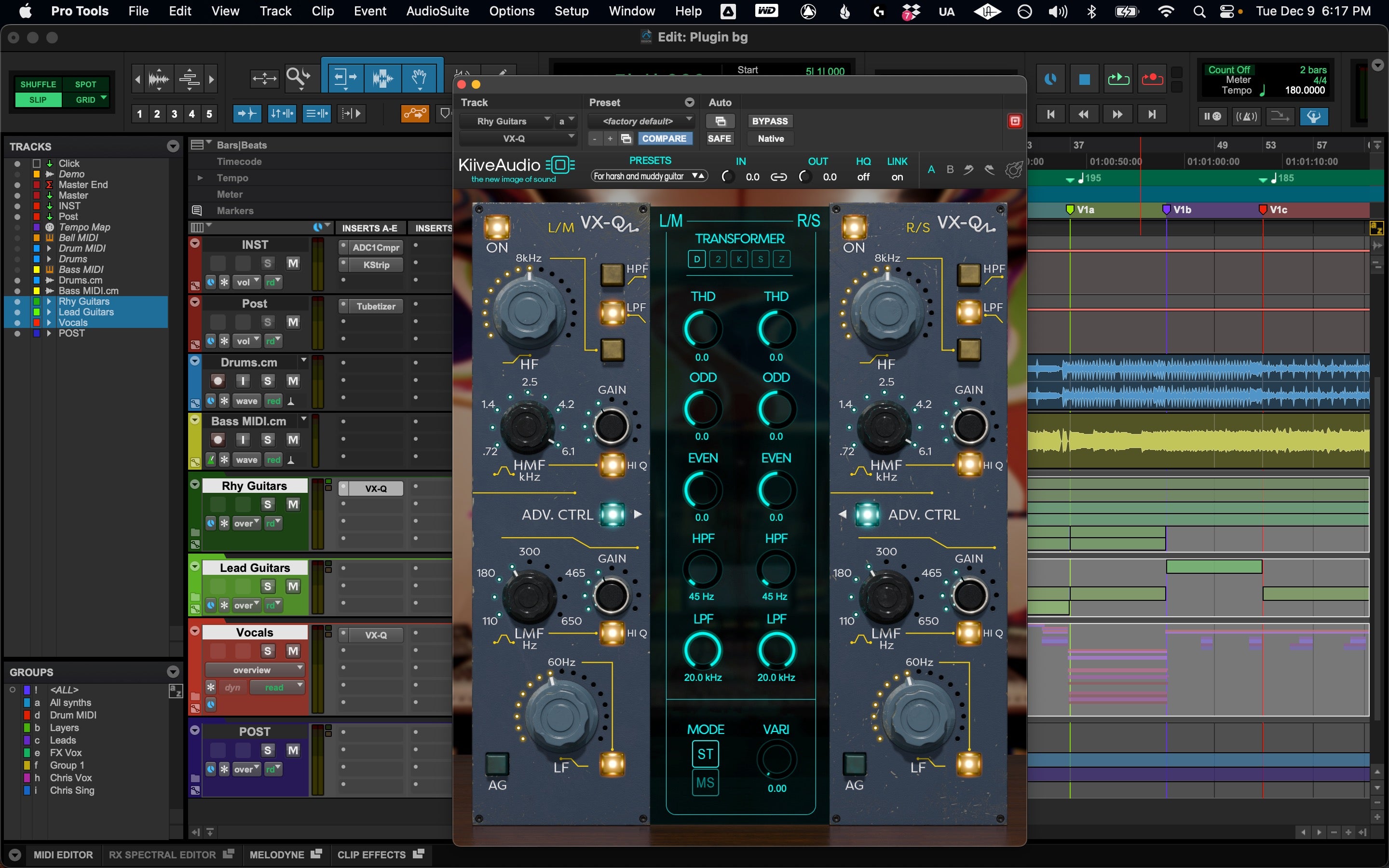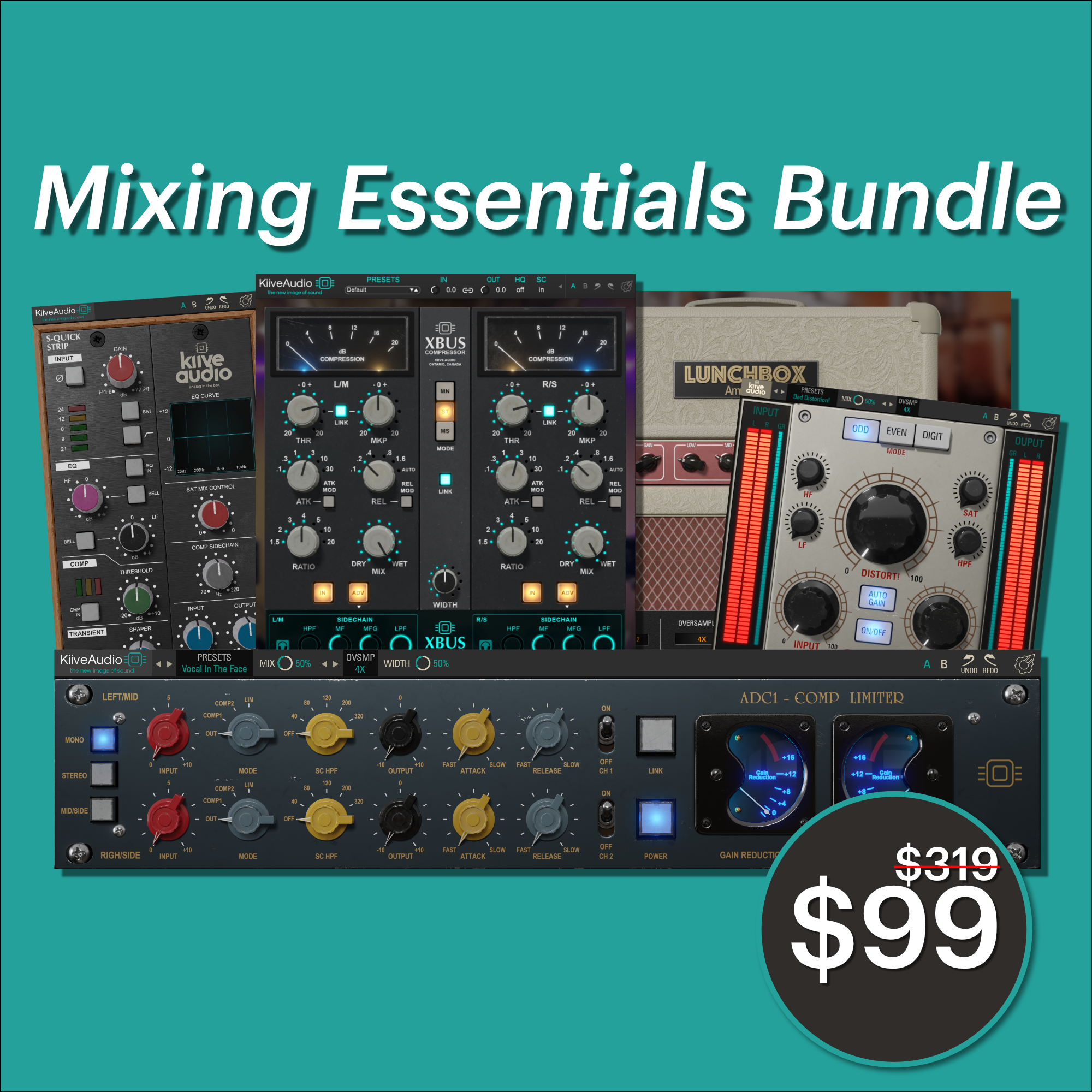Introduction
Dynamics play an essential role in shaping the character and emotion of any piece of music. While compressors are commonly known tools to manage dynamics, expanders serve as their often overlooked counterpart. In this guide, we'll delve deep into how to use expanders in your productions.
Need an amazing expander? Get the free trial to our new plugin Complexx here!

What is an Expander?
An expander is a dynamic processing tool that increases the difference between the louder and quieter parts of an audio signal. In simple terms, while a compressor "compresses" or reduces dynamic range, an expander "expands" or increases it. This can be incredibly useful in scenarios where you want to emphasize certain nuances or reduce background noise.
Why Use an Expander?
- Emphasize Nuances: Whether it's the gentle strum of a guitar, the subtle breaths between vocal lines, or the soft touches on a piano, an expander can help accentuate these details, making them stand out in a mix.
- Noise Reduction: If you've recorded an instrument with a bit of background noise, an expander can help in reducing that noise when the instrument isn't playing.
Understanding the Parameters of Expanders and Complexx
Every expander, including the one within our plugin Complexx, comes with its set of parameters that allow for fine-tuning. Let's delve into these to understand how they shape the audio.
Get Early Access for free to our new plugin Complexx here!
Release
- Definition: Release dictates how quickly the expander stops affecting the signal once it goes above the set threshold.
- Importance in shaping the character of expanded audio: A fast release will make the expansion effect end quickly, which can be ideal for transient-rich instruments like drums. A slower release, on the other hand, will provide a more gradual return to the unprocessed sound, making it suitable for smoother instruments or vocals.

Threshold
- Definition: The threshold determines the level at which the expander starts to work. Any signal below this level will be expanded, making the quiet parts even quieter.
- How it impacts the signal: By adjusting the threshold, you can pinpoint the exact level where you want the expansion to begin. This is especially useful when you want to target specific nuisances or noise in a track without affecting the louder, more essential parts.

Range
- Definition: The range parameter sets the maximum amount by which the signal will be reduced. It essentially defines how 'strong' the expansion is.
- Role in determining expansion amount: Think of the range as the 'intensity' knob. A larger range value will result in more dramatic expansion, which can be great for removing unwanted noise or bleed. Conversely, a smaller range value will provide subtle expansion, ideal for gently enhancing the dynamics of an instrument or vocal.
Using an Expander on Different Instruments
Expanders can be a game-changer when applied correctly to various instruments in a mix. Here are some ways to harness the power of the expander within our Complexx for different instruments:
Vocals
- Enhancing clarity: If you have a vocal track with noticeable breaths or room noise between phrases, you can set the threshold to target these interruptions. This way, when the singer isn't singing, the expander will lower the volume of these noises, giving a cleaner vocal track.
- Dealing with noise or bleed from other sources: In live recordings or tight studio setups, microphones might pick up sounds from other instruments. An expander can help in reducing these unwanted sounds when the main vocal isn't present.

Drums
Expanders can bring life back to drums, enhancing their punch and clarity.
- Enhancing drum transients: By setting a careful threshold, you can ensure that only the sharper transients of a drum hit (like snares or kicks) are emphasized, making them pop more in a mix.
- Separating elements in a drum mix: When multiple drums are recorded using a single microphone, background hits (like a soft hi-hat while focusing on a snare) can be subdued using an expander, helping in isolating and defining each element.
Guitars
Guitars, whether acoustic or electric, can benefit from strategic use of expanders.
- Making a guitar stand out: If a guitar part has subtle finger movements or light strumming that's getting lost in the mix, an expander can be used to highlight these nuances.
- Dealing with noise and hum: Electric guitars often come with some amount of electrical noise or hum. Using an expander with a precise threshold can help minimize these noises when the guitar isn't being played.
Keys & Synths
Expanders can breathe new life into keys and synths, adding dynamic variety to their sounds.
- Expanding to add dynamics: For synth pads or keys that have been heavily compressed or lack dynamic variation, an expander can reintroduce some of this lost dynamism.
- Making a synth pad breathe more: If you have a sustained synth pad that feels too static, using an expander can introduce slight dynamic variations, making it feel more 'alive' and organic.

Tips for Other Instruments
While vocals, drums, guitars, and keys are common instruments, expanders can be beneficial for a variety of instruments:
- Wind Instruments: Enhance the nuances of breaths and subtle notes.
- String Instruments: Emphasize bow movements and finger placements on instruments like violins or cellos.
- Percussion: Bring out the subtle tones of instruments like congas, bongos, or shakers.
Conclusion
Expanders, while sometimes overlooked, are powerful tools in the realm of audio production. With the right understanding and application, they can elevate your mixes to new heights.
Complexx by Kiive Audio is a versatile tool that can be used across various instruments to achieve these results. As always, the key is to experiment, trust your ears, and find what works best for your unique sound.
For more insights and educational content, be sure to explore our other blogs from Kiive Audio. And be sure to check out our latest plugin, Complexx!












Leave a comment
All comments are moderated before being published.
This site is protected by hCaptcha and the hCaptcha Privacy Policy and Terms of Service apply.